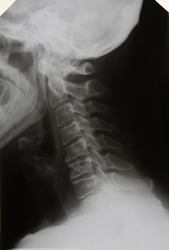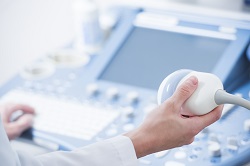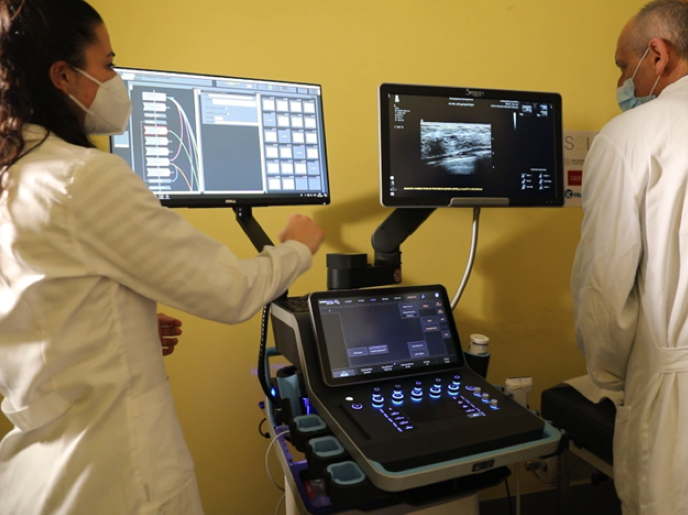The importance of bone quality in osteoporosis
Osteoporosis is currently diagnosed by measuring bone mineral density (BMD) and treated with biphosphonates. Long-term treatment with biphosphonates can lead to deterioration of bone structural integrity and increased fracture risk despite high BMD. There are many factors related to bone quality including bone architecture, geometry and accumulation of microfractures. Development of new methods to evaluate bone quality aim to improve diagnosis and to keep track of treatment effectiveness. The 'Assessment of bone quality in metabolic bone diseases' (Bonequal) project aimed to assess the effects of ageing and osteoporosis on the structure, composition and mechanical properties of spongy or trabecular bone. To achieve this, Bonequal researchers took bone biopsies from cadavers of clinical patients who had suffered with metabolic bone diseases. Bonequal scientists developed a new method to estimate the 3D shape of the femur based on a 2D BMD image combined with a template from a computerised tomography (CT) scan. Further development of this technology should provide a more sensitive assessment of fracture risk in osteoporosis. From new methods developed to determine the viscoelastic properties of bone, Bonequal determined that viscoelasticity decreases with age, explaining increase in bone fragility in the elderly. Furthermore, the project scientists investigated infrared spectroscopic methods to pinpoint changes in bone composition in patients and have recommended this as a potentially valuable diagnostic tool. For the future research path in quantitative imaging tools, Bonequal investigated the quality of image needed to separate structural parameters in spongy bone comparing normal with osteoporotic bone. Voxels of up to 100 micrometres must be used for the required resolution. Bonequal have developed new imaging systems to diagnose the onset of osteoporosis at its earlier stages. Moreover, the novel technology gives an improved prediction of fracture risk.







